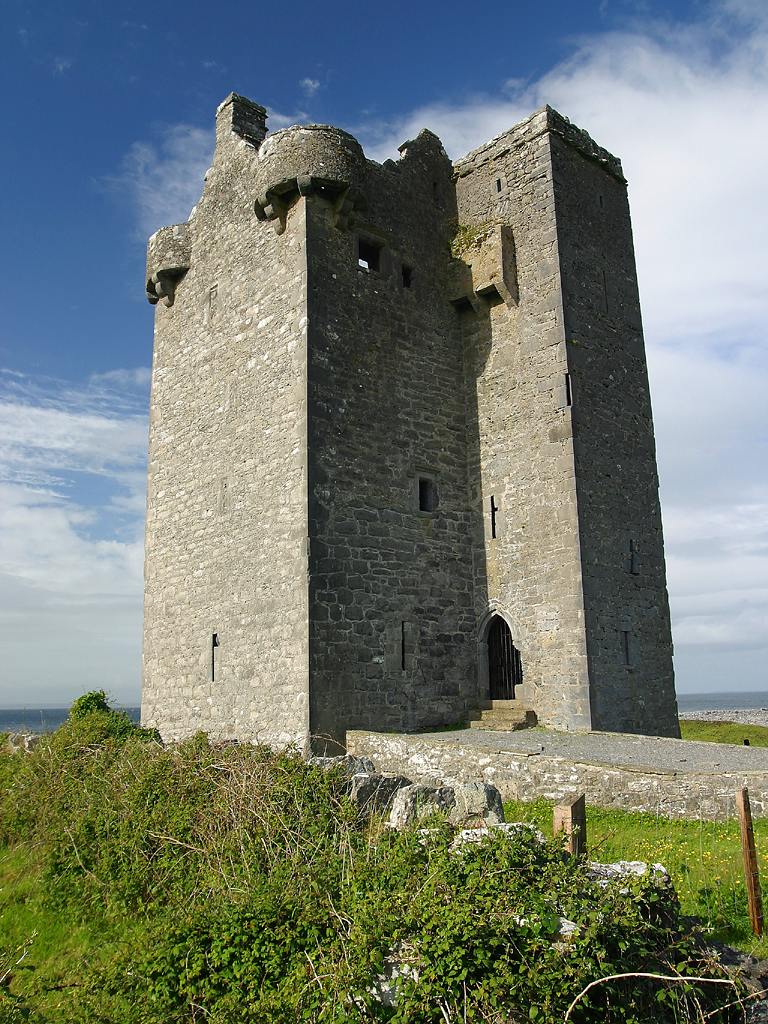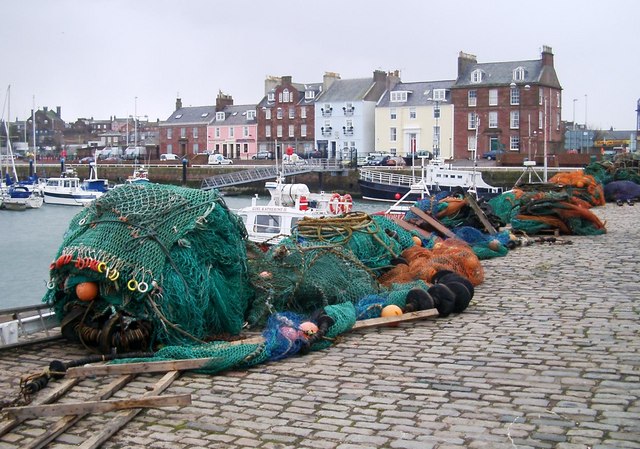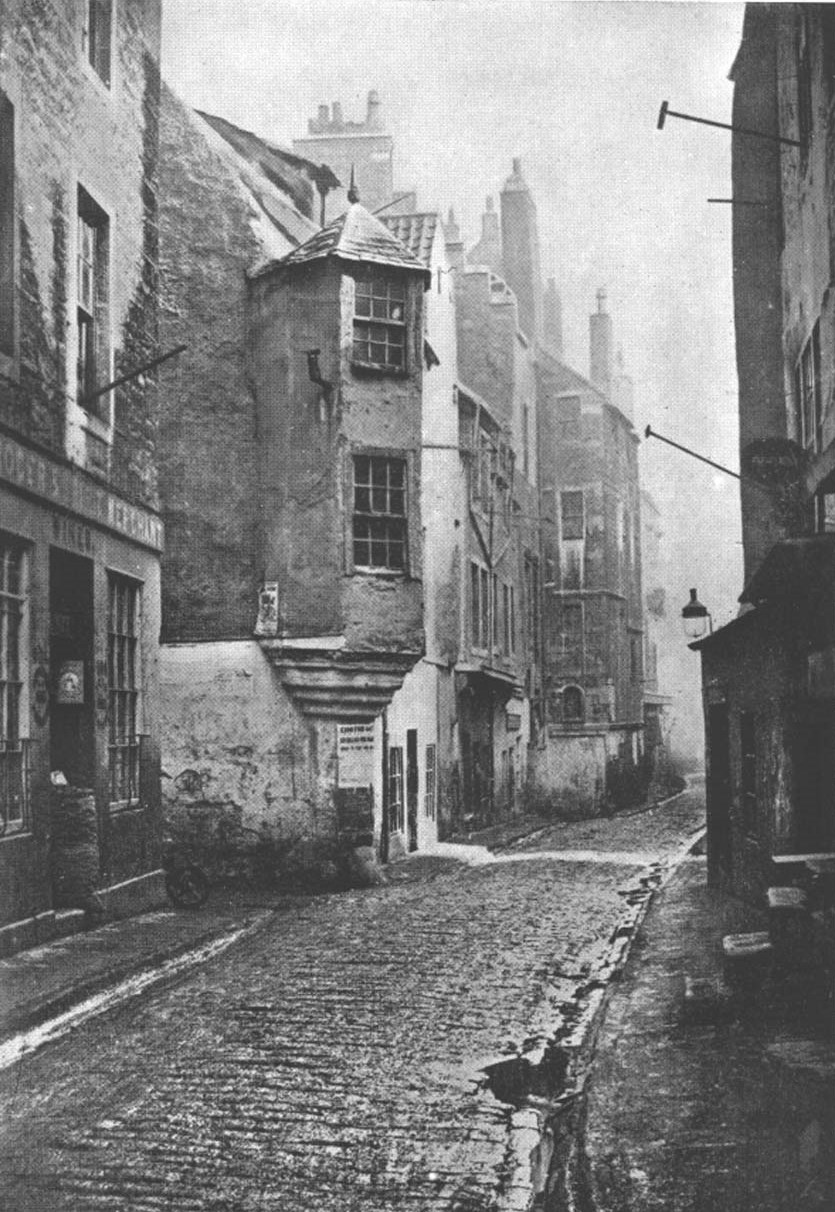|
Ormiston Castle
Ormiston Castle is a ruined 16th-century tower house, about east of Dalkeith, East Lothian, Scotland, and north of Ormiston Mains.Coventry, Martin (1997) ''The Castles of Scotland''. Goblinshead. p.275 It was formerly known as the "House of Ormiston" and is known alternatively as Old Ormiston. There was also a tower house called Ormiston near Innerleithen, and one called Ormiston Tower near Kelso, both in Scottish Borders. History The Lindsays first owned the property. The Cockburns acquired the property in the 14th century. The English occupied the castle in 1547 as John Cockburn of Ormiston had sided with them in the Rough Wooing. In revenge James Hamilton, Duke of Châtellerault, the regent brought cannon and retook the castle in February 1548 and burnt it. John Hope, 2nd Earl of Hopetoun purchased the property in 1748. George Wishart, the Protestant martyr was taken from the castle by the Earl of Bothwell to St Andrews, where Cardinal Beaton had him executed. Alexa ... [...More Info...] [...Related Items...] OR: [Wikipedia] [Google] [Baidu] |
Tower House
A tower house is a particular type of stone structure, built for defensive purposes as well as habitation. Tower houses began to appear in the Middle Ages, especially in mountainous or limited access areas, in order to command and defend strategic points with reduced forces. At the same time, they were also used as an aristocrat's residence, around which a castle town was often constructed. Europe After their initial appearance in Ireland, Scotland, the Stins, Frisian lands, Basque Country (greater region), Basque Country and England during the High Middle Ages, tower houses were also built in other parts of western Europe, especially in parts of France and Italy. In Italian medieval communes, urban ''palazzi'' with a very tall tower were increasingly built by the local highly competitive Patrician (post-Roman Europe), patrician families as power centres during times of internal strife. Most north Italian cities had a number of these by the end of the Middles Ages, but few no ... [...More Info...] [...Related Items...] OR: [Wikipedia] [Google] [Baidu] |
George Wishart
George Wishart (also Wisehart; c. 15131 March 1546) was a Scottish Protestant Reformer and one of the early Protestant martyrs burned at the stake as a heretic. George Wishart was the son of James and brother of Sir John of Pitarrow, both ranking themselves on the side of the Reformers. He was educated at the University of Aberdeen, then recently founded, and travelled afterwards on the Continent. It is thought that it was while he was abroad that he first turned attention to the study of the Reformed doctrines. He engaged for some time in teaching Greek at Montrose. Wishart afterwards proceeded to Cambridge and resided there for about six years, from 1538 to 1543. He returned to Scotland in the train of the Commissioners who had been appointed to arrange a marriage with Prince Edward and the Queen of Scots. He preached to the people with much acceptance at Montrose, Dundee, and throughout Ayrshire. On passing East to the Lothians, Wishart, who spoke latterly as in ... [...More Info...] [...Related Items...] OR: [Wikipedia] [Google] [Baidu] |
Castles In Great Britain And Ireland
Castles have played an important military, economic and social role in Great Britain and Ireland since their introduction following the Norman invasion of England in 1066. Although a small number of castles had been built in England in the 1050s, the Normans began to build motte and bailey and ringwork castles in large numbers to control their newly occupied territories in England and the Welsh Marches. During the 12th century the Normans began to build more castles in stone – with characteristic square keep – that played both military and political roles. Royal castles were used to control key towns and the economically important forests, while baronial castles were used by the Norman lords to control their widespread estates. David I invited Anglo-Norman lords into Scotland in the early 12th century to help him colonise and control areas of his kingdom such as Galloway; the new lords brought castle technologies with them and wooden castles began to be established over ... [...More Info...] [...Related Items...] OR: [Wikipedia] [Google] [Baidu] |
L-plan
An L-plan castle is a castle or tower house in the shape of an L, typically built from the 13th to the 17th century. This design is found quite frequently in Scotland, but is also seen in England, Ireland, Romania, Sardinia, and other locations. The evolution of its design was an expansion of the blockhouse or simple square tower from the Early Middle Ages. As building techniques improved, it became possible to construct a larger building footprint and a more complex shape than the simple blockhouse tower. A more compelling motivation for the L plan was the ability to defend the entrance door by providing covering fire from the adjacent walls. This stratagem was particularly driven by the advent of cannon used by attackers. It was common for the union of the two wings to have very thick wall construction to support a major defensive tower in the union area. For example, the stone walls of Muchalls Castle in Scotland are over 14 feet thick at the ground level. Built in the 13t ... [...More Info...] [...Related Items...] OR: [Wikipedia] [Google] [Baidu] |
Tantallon Castle
Tantallon Castle is a ruined mid-14th-century fortress, located east of North Berwick, in East Lothian, Scotland. It sits atop a promontory opposite the Bass Rock, looking out onto the Firth of Forth. The last medieval curtain wall castle to be constructed in Scotland,Lindsay, ''The Castles of Scotland'', p.440–442 Tantallon comprises a single wall blocking off the headland, with the other three sides naturally protected by sea cliffs. Tantallon was built in the mid 14th century by William Douglas, 1st Earl of Douglas. It was passed to his illegitimate son, George Douglas, later created Earl of Angus, and despite several sieges, it remained the property of his descendants for much of its history. It was besieged by King James IV in 1491, and again by his successor James V in 1527, when extensive damage was done. Tantallon saw action in the First Bishops' War in 1639, and again during Oliver Cromwell's invasion of Scotland in 1651, when it was once more severely damaged. I ... [...More Info...] [...Related Items...] OR: [Wikipedia] [Google] [Baidu] |
Alexander Crichton Of Brunstane
Alexander Crichton of Brunstane, (died before December 1558), was a Scottish Protestant laird who advocated the murder of Cardinal David Beaton and supported the plan for the marriage of Mary, Queen of Scots and Prince Edward of England. In contemporary letters and documents Alexander is known by variant spellings of "Brunstane," his territorial designation. The original House of Brunstane was near Penicuik, and another Crichton estate at Gilberstoun near Portobello, Edinburgh later became known as Brunstane. Career Affair of the Cardinal's letters Alexander Crichton went to France carrying royal letters in 1539 and as a servant of Cardinal Beaton. On his return in February 1540 his ship was forced by a storm to anchor in an English harbour. Subsequently, the English ambassador in Scotland Ralph Sadler tried to embarrass and discredit Cardinal Beaton in front of James V of Scotland with compromising letters captured from Brunstane's bag. James V however argued in favour of the Car ... [...More Info...] [...Related Items...] OR: [Wikipedia] [Google] [Baidu] |
David Beaton
David Beaton (also Beton or Bethune; 29 May 1546) was Archbishop of St Andrews and the last Scotland, Scottish Cardinal (Catholicism), cardinal prior to the Scottish Reformation, Reformation. Career Cardinal Beaton was the sixth and youngest son of eleven children of John Beaton (Bethune) of Balfour in the county of Fife, and his wife Mary, daughter of Sir David Boswell of Balmuto. The Bethunes of Balfour were part of Clan Bethune, the Scottish branch of the noble French House of Bethune. The Cardinal is said to have been born in 1494. He was educated at the universities of University of St Andrews, St Andrews and University of Glasgow, Glasgow, and in his sixteenth year was sent to Paris, where he studied civil and canon law (Catholic Church), canon law. In 1519 King James V of Scotland named him ambassador in France. In 1520, his uncle, James Beaton, Archbishop of Glasgow, named David Beaton Rector (ecclesiastical), Rector and Prebendary at Cambuslang#David Beaton, Cambusla ... [...More Info...] [...Related Items...] OR: [Wikipedia] [Google] [Baidu] |
St Andrews
St Andrews ( la, S. Andrea(s); sco, Saunt Aundraes; gd, Cill Rìmhinn) is a town on the east coast of Fife in Scotland, southeast of Dundee and northeast of Edinburgh. St Andrews had a recorded population of 16,800 , making it Fife's fourth-largest settlement and 45th most populous settlement in Scotland. The town is home to the University of St Andrews, the third oldest university in the English-speaking world and the oldest in Scotland. It was ranked as the best university in the UK by the 2022 Good University Guide, which is published by ''The Times'' and ''The Sunday Times''. According to other rankings, it is ranked as one of the best universities in the United Kingdom. The town is named after Saint Andrew the Apostle. The settlement grew to the west of St Andrews Cathedral, with the southern side of the Scores to the north and the Kinness Burn to the south. The burgh soon became the ecclesiastical capital of Scotland, a position which was held until the Scottish ... [...More Info...] [...Related Items...] OR: [Wikipedia] [Google] [Baidu] |
James Hepburn, 4th Earl Of Bothwell
James Hepburn, 1st Duke of Orkney and 4th Earl of Bothwell ( – 14 April 1578), better known simply as Lord Bothwell, was a prominent Scottish nobleman. He was known for his marriage to Mary, Queen of Scots, as her third and final husband. He was accused of the murder of Mary's second husband, Henry Stuart, Lord Darnley, a charge of which he was acquitted. His marriage to Mary was controversial and divided the country; when he fled the growing rebellion to Norway, he was arrested and lived the rest of his life imprisoned in Denmark. Early life He was the son of Patrick Hepburn, 3rd Earl of Bothwell, and Agnes Sinclair (d. 1572), daughter of Henry Sinclair, 3rd Lord Sinclair, and was styled ''The Master of Bothwell'' from birth. He succeeded his father as Earl of Bothwell and Lord Hailes in 1556. Marriages As Lord High Admiral of Scotland, Lord Bothwell visited Copenhagen around 1559. He fell in love with Anna Tronds, known in English as Anna Throndsen or Anna Rustung. S ... [...More Info...] [...Related Items...] OR: [Wikipedia] [Google] [Baidu] |
Martyr
A martyr (, ''mártys'', "witness", or , ''marturia'', stem , ''martyr-'') is someone who suffers persecution and death for advocating, renouncing, or refusing to renounce or advocate, a religious belief or other cause as demanded by an external party. In the martyrdom narrative of the remembering community, this refusal to comply with the presented demands results in the punishment or execution of an actor by an alleged oppressor. Accordingly, the status of the 'martyr' can be considered a posthumous title as a reward for those who are considered worthy of the concept of martyrdom by the living, regardless of any attempts by the deceased to control how they will be remembered in advance. Insofar, the martyr is a relational figure of a society's boundary work that is produced by collective memory. Originally applied only to those who suffered for their religious beliefs, the term has come to be used in connection with people killed for a political cause. Most martyrs are consid ... [...More Info...] [...Related Items...] OR: [Wikipedia] [Google] [Baidu] |
Protestant
Protestantism is a Christian denomination, branch of Christianity that follows the theological tenets of the Reformation, Protestant Reformation, a movement that began seeking to reform the Catholic Church from within in the 16th century against what its followers perceived to be growing Criticism of the Catholic Church, errors, abuses, and discrepancies within it. Protestantism emphasizes the Christian believer's justification by God in faith alone (') rather than by a combination of faith with good works as in Catholicism; the teaching that Salvation in Christianity, salvation comes by Grace in Christianity, divine grace or "unmerited favor" only ('); the Universal priesthood, priesthood of all faithful believers in the Church; and the ''sola scriptura'' ("scripture alone") that posits the Bible as the sole infallible source of authority for Christian faith and practice. Most Protestants, with the exception of Anglo-Papalism, reject the Catholic doctrine of papal supremacy, ... [...More Info...] [...Related Items...] OR: [Wikipedia] [Google] [Baidu] |
John Hope, 2nd Earl Of Hopetoun
John Hope, 2nd Earl of Hopetoun (7 September 1704 – 12 February 1781) was the son of Charles Hope, 1st Earl of Hopetoun and Lady Henrietta Johnstone. He married on 14 September 1733 to Anne Ogilvy, daughter of James Ogilvy, 5th Earl of Findlater (son of James Ogilvy, 4th Earl of Findlater) and Lady Elizabeth Hay. He married, secondly, Jane Oliphant (died 16 March 1767), daughter of Robert Oliphant, on 30 October 1762. He married, thirdly, Lady Elizabeth Leslie (died 10 April 1788), daughter of Alexander Melville, 5th Earl of Leven and Elizabeth Monypenny, on 10 June 1767. John Hope succeeded to the title of 2nd Earl of Hopetoun in 1742. In 1747 he was appointed Curator bonis (Trustee in Lunacy) for his half-uncle, the George Vanden-Bempde, 3rd Marquess of Annandale, 4th Earl of Annandale and Hartfell. Children by first marriage to Lady Anne Ogilvy include * Elizabeth Hope (born 1739 – died 7 April 1756) * James Hope-Johnstone, 3rd Earl of Hopetoun (born 23 August 1741 – died ... [...More Info...] [...Related Items...] OR: [Wikipedia] [Google] [Baidu] |

_-_Wishart_Preaching_against_Mariolatry_-_NG_1020_-_National_Galleries_of_Scotland.jpg)





.jpg)

